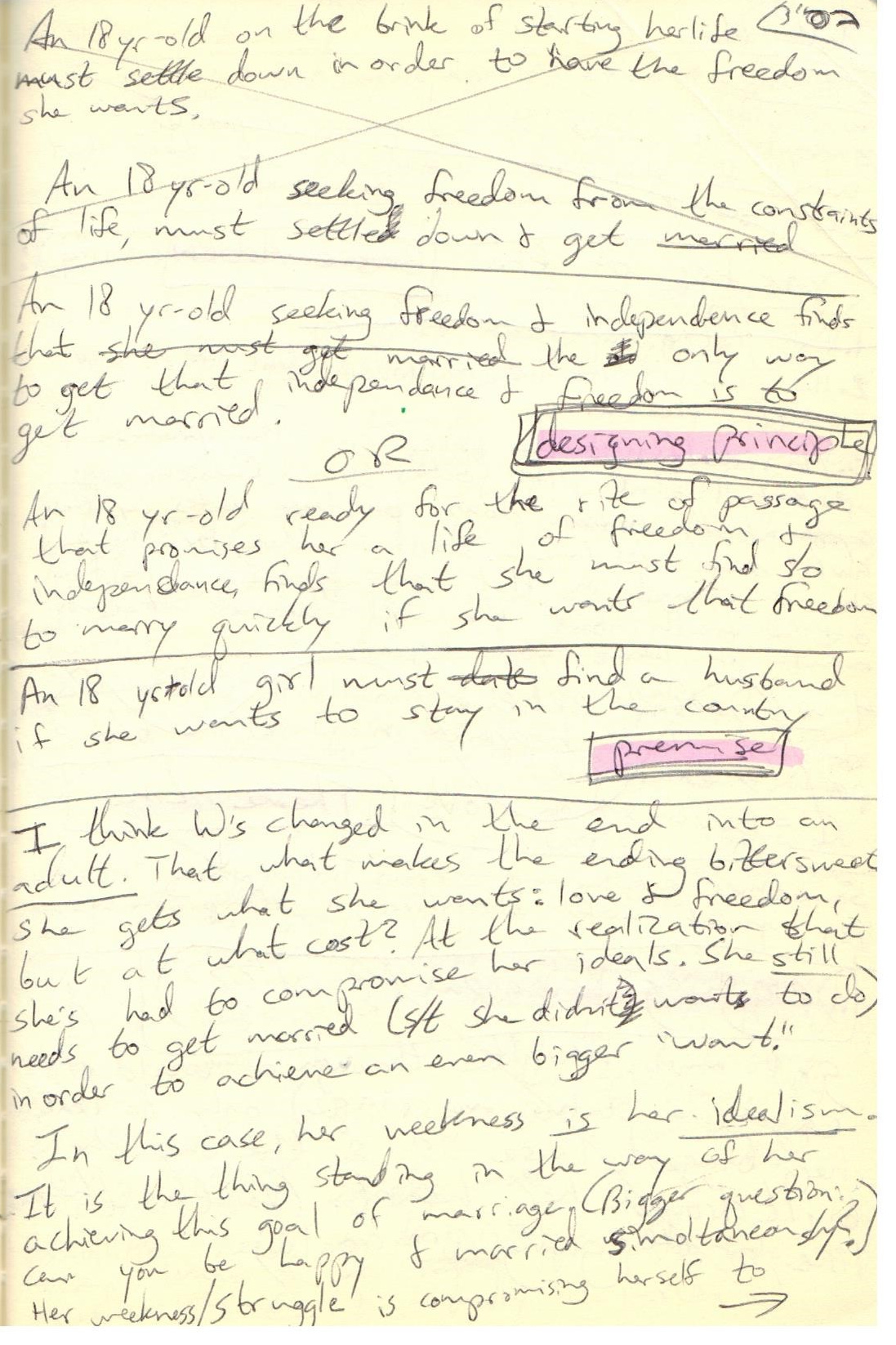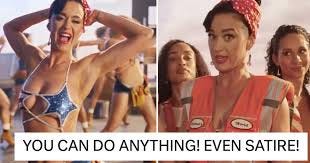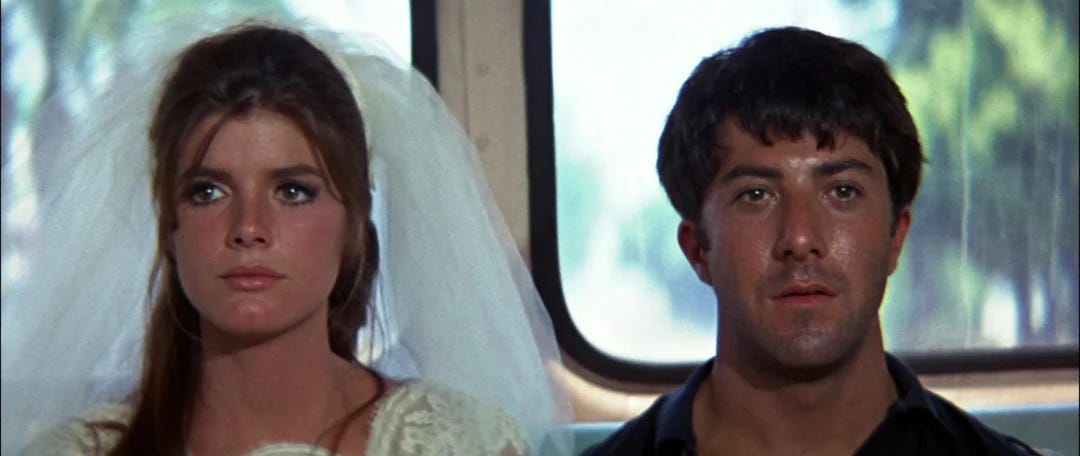It’s six months since JUST SAY YES hit the shelves, and I thought it’d be fun to take a look back at its origins. When I have an idea I want to see through, I get a notebook and start writing. I need to work out the plot, characters, premise and even something called the “designing principle” which I learned about through John Truby’s The Anatomy of Story.
As you can see on the bottom half of the page, even at the beginning of the process, I was already thinking of the end.
Most of the time when I start drafting a book, the ending is a murky, unknown haze that I have to work hard to get to. But the beginning is almost always crystal clear. I tend to follow Kurt Vonnegut’s advice on where to start a book.
But for Just Say Yes, I had no idea where to start. I actually pushed off writing the novel for years because I had too many questions about my main character that I found too hard to answer for some reason. Like, does Jimena know she’s undocumented at the start of the book? Has she lived her whole childhood that way, under the weight of those societal constraints? Aside from that, is she a model student? Gifted? Someone so academically accomplished that it’d be a real travesty if she wasn’t able to achieve her dreams and join society and use her skills? (Ultimately, I made it so that the catalyst of the story is Jimena discovering her undocumented status on the cusp of her senior year of high school. And I decided to make her a regular girl, not some overachiever, because regular girls deserve to see their dreams come true, too.)
The funny thing about not knowing where to start this book is that I knew exactly where to end it. I had the ending in mind from the very beginning. It was right there in the two-sentence pitch to my agent. Now, normally, I’d prefer to just let the work speak for itself. I think if you have to explain it then it hasn’t really worked, has it?
But I also think a newsletter is kind of exactly the right place to show you a peek behind the curtain. A record of what was going through my mind as I was writing something. Me—I kill for these things. I need all the behind-the-scenes info. If there’s an oral history of a movie I love, I’ve read it. So if you appreciate that sort of thing, I’d like to talk about the ending of Just Say Yes with you.
I don’t think this is all too spoilery. Just Say Yes is a rom-com. We all know how rom-coms end. The couple gets together in the end! (Can you even call it a rom-com if the couple doesn’t get together?) The idea of a Happily Ever After however… well, that’s a relative term. And one I chose to leave up to the reader’s interpretation.
I wanted the ending of Just Say Yes to feel just like the ending to The Graduate. If you haven’t seen that movie, Dustin Hoffman and Katherine Ross ride off in the back of a bus, exhilarated by the impulsive act of love they just pulled off. Until their expressions subtly morph into something less ecstatic. Harder to read. It’s up to the audience to determine what’s going through their minds in that pivotal moment. But judging by the looks on their faces, it’s nothing good.
Never mind that this ending only came about because the director let the camera linger on his actors without yelling cut! I guess the question is when to yell cut. Or, for the author, when to stop typing. That’s ultimately what will determine the Happily Ever After in a rom-com. You can stop the story at a fight or at a kiss. The choice will determine everything.
With Just Say Yes, I had our happy couple end up together. SPOILER ALERT: I even had them get married! And yet, my epilogue has left some readers asking whether this is a HEA after all. I was actually on a panel at the Love Y’all Romance Festival in Atlanta, where me and a few other authors were tasked with discussing the art of the Happily Ever After. Can a Happily Ever After even exist when it happens at the ripe old age of 16? Can there be a Happily For Now? Is that enough?
All of those are good questions. And for me, forcing readers to ask those questions at the end of a book is kind of the entire point. At that same panel, we talked about the ending of a book like it was a present with a big beautiful bow on top. And I said, my ending has that, only at the very last millisecond there’s a yank on the ribbon.
Can we really root for two people getting married when the characters in question are teenagers? I guess that depends on how you feel about love. And marriage. And teenagers. Is it possible for two teenage protagonists to have a happily ever after forever? Yes and no. Is Just Say Yes a comedy? A romance? A tragedy? All of the above? In this case, it’s up to you to decide.
You can find Just Say Yes here.
Till next time!









